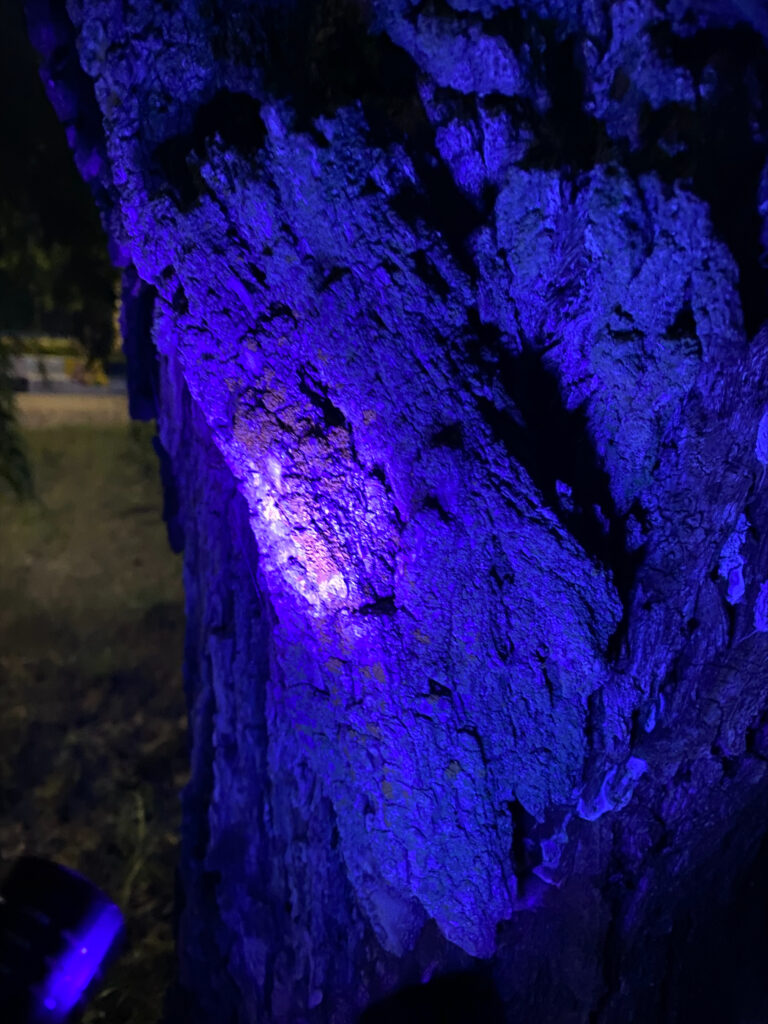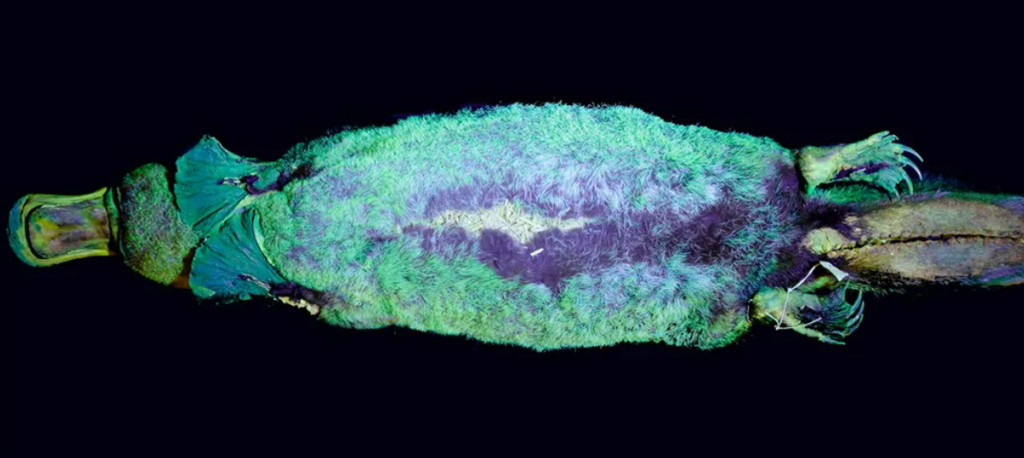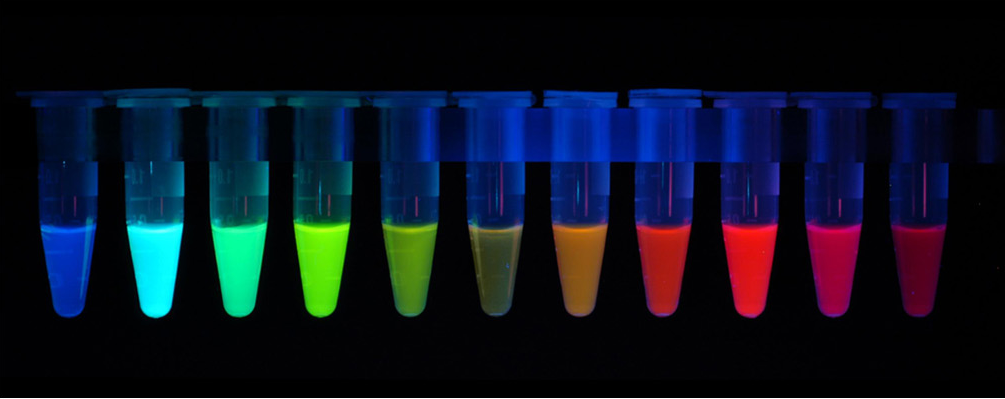
For the last 4 years, we’ve had the fun challenge of trying to continue our commitment to outreach while adjusting to the pandemic and post pandemic world. One of our favorite partners since the beginning of the pandemic has been the North Park Village Nature Center. The North Park Village Nature Center (NPVNC) is a nearly 60 acre nature park located near the corner of Pulaski and Peterson. It’s an amazing resource and wild space in a city with very few. The Parks District claims there are 90+ Natural areas in the city, but many of these are just small sections of larger parks. There are only three nature centers in the city, and the NPVNC is the closest to us (Although we’d love to work with the other two, too!).
In 2020, as we started to get more confident about OUTDOOR events, especially toward the end of summer, and we were looking to find more partners that could get people excited about biology. What we were lucky to find is a news article about a different cultural institution in Chicago, the Field Museum. During lockdown, researchers at the museum started looking through their collections to find out if there were secrets in their archives. And there were! Under a black light, preserved duck billed platypus glowed a blue-green. And this is exciting because fluorescence is one of the biggest tools we have in our arsenal as biotechnologists.

Fluorescence is a really cool phenomenon. When we see an blue object, we usually explain this by saying that the object absorbs light of many colors, but it reflects blue wavelengths. This allows us to see the object as blue. This is a simplification of a really cool biological system (Vision is fascinating), but it’s a good basic gist. Fluorescence works similarly, but with an added twist. Fluorescence compounds absorb a photon of light, but are unable to fully absorb it. As the photon is temporarily held, it loses energy every fraction of a second in the form of heat and vibration. At some point, the photon is released, but it’s lost energy, and thus it changes color (Color is how we interpret the energy of a photon). With a lot of fluorescent compounds, the light absorbed is just outside of our range of vision, but the light emitted is something we CAN see. This makes fluorescent items appear to glow, absorbing invisible light and converting it to visible light.
Fluorescence is essential to the way we do biological research in the modern world. GFP, a protein from jellyfish called Green Fluorescent Protein, absorbs UV light (~380 nm) and emits at a blue-green light (~450 nm). This means that if you want to test for the presence of a protein or the production of a protein, you don’t need to use advance chemical techniques, but instead can shine a blacklight on a sample and see if any blue-green light is reflected back. This means if we want to test the strength of gene regulation, look for samples entering a body or cell, or see if the proteome is changed in certain conditions, we can do this without harming the cells we are monitoring. The discovery and use of GFP is so big and universally well known that it won the Nobel Prize in Chemistry in 2008. GFP has even gone on to be used in artworks such as Eduardo Kac’s GFP bunny.
But GFP takes one wavelength and converts it into one other wavelength. This allows one probe, but we need so many more. Scientists have worked to diversify GFP by changing its sequence, allowing the production of CFP, YFP, And BFP (Cyan Fluorescent Protein, Yellow Fluorescent Protein, and Blue Fluorescent Protein). Other proteins that fluoresce have also been modified, and we now have fluorescent proteins of almost every color imaginable. But these are all large proteins, and fluorescence can be used to detect things that may need even small molecules. Also, not all organisms can produce all proteins; sometimes, proteins interact with systems in living organisms or are not produced at equal concentrations. So we need MORE fluorescent probes, dyes, and compounds in science. It’s why the fluorescent platypus is such a big deal.

Our event at Loyola Beach in 2022
We’re always trying to find ways for all Chicagoans to get involved in biotechnology, and the platypus news of 2020 made it clear that this was a cool way to get people involved. If we only learned that platypus glow in 2020 because someone thought to look, what else can we find simply by looking. Every summer, we partner with different parks (Our favorite being the North Park Village Nature Center) and send people out into nature to look for fluorescence. It’s fun, and it’s a great excuse to get out of their houses and explore biology.
Our next event is actually coming up this week. We’re going out and exploring on Thursday, and we’d love to see you there! Our event starts at 7, and we’ll be providing blacklights to go out and explore. This is a family friendly event, so bring the whole family. Supplies are limited so make sure you show up on time!
